The first stop on the way to the desert city of Yazd was the red city Abyaneh, which is mainly known for it’s dried apples and the red Mud used for most of the buildings. Also for the colorful clothes the locals wear, when they’re out on the town. Since it was too early in the day and the sun was shining strong, not many locals were around.
The next stop was the mud city of Meybod, which is one of the oldest and largest Mud cities in Iran. It also hosts a dome used for making and storing ice, which was an amazing invention back in the day. It’s also known for it’s pottery.
Finally, we make it to the desert city of Yazd and it doesn’t disappoint; it’s hot here!
The old city center is made up of small alleyways, buildings still made of mud, Badgirs (Wind towers, which really work!!) and hosts many shrines and mosques. Though not as colorful as in other cities in Iran, but still very beautiful in their own right. However, the city’s most famous sites belong to another religion; Zoroastrianism. This ancient religion started in Yazd and is still followed by around 200 thousand people worldwide. Therefore many important sites can be found here in Yazd, such as the two towers of silence and the fire temple, which represent the cemeteries and place of prayer for the Zoroastrian pilgrims, who come to visit from all over Iran and the world.

But despite the heat, apple trees still manage to survive and their fruits are dried and and have become a popular specialty of Abyaneh.
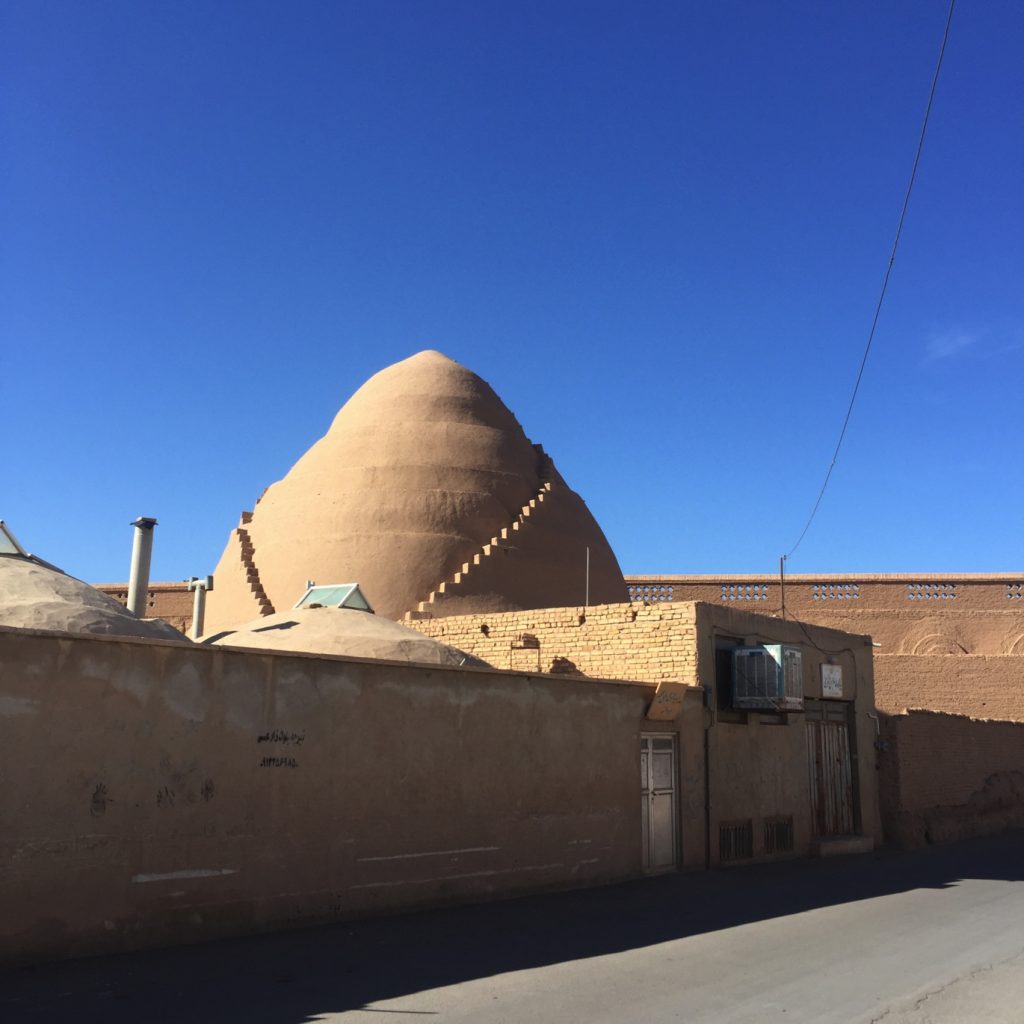
This was the construction used to make ice in the winter and preserve it during summer, which is really impressive given how hot the summers here are.
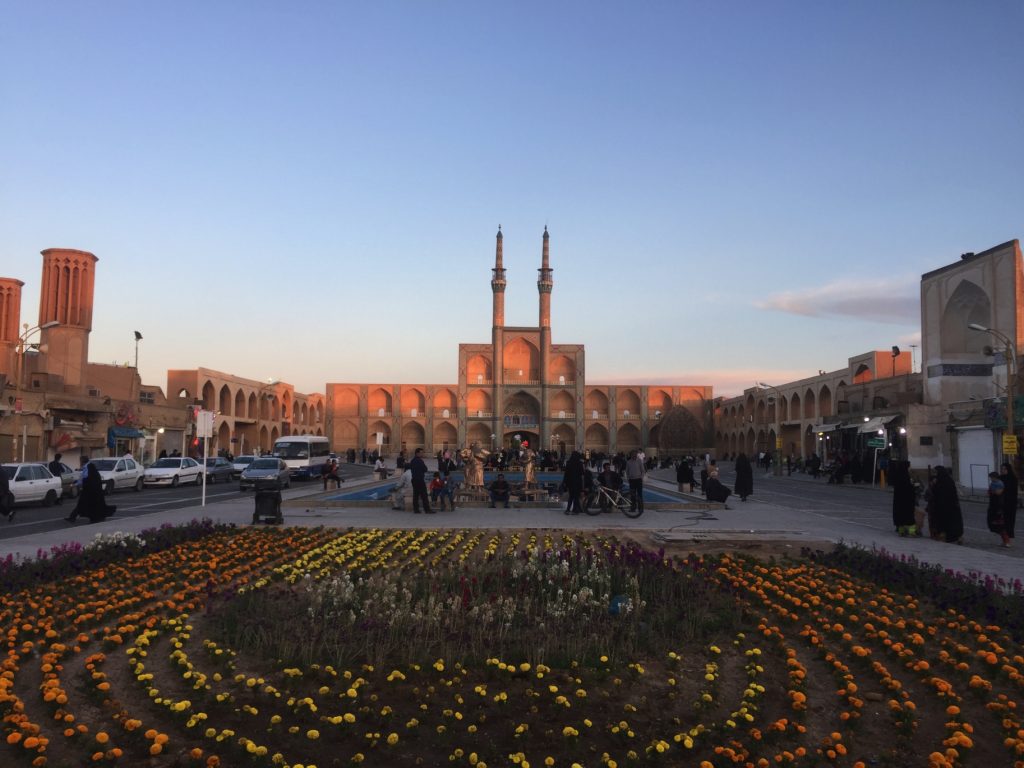
This is one of the main squares in Yazd and where a lot of people hang out at night enjoying the sweet shops, which surround the square.
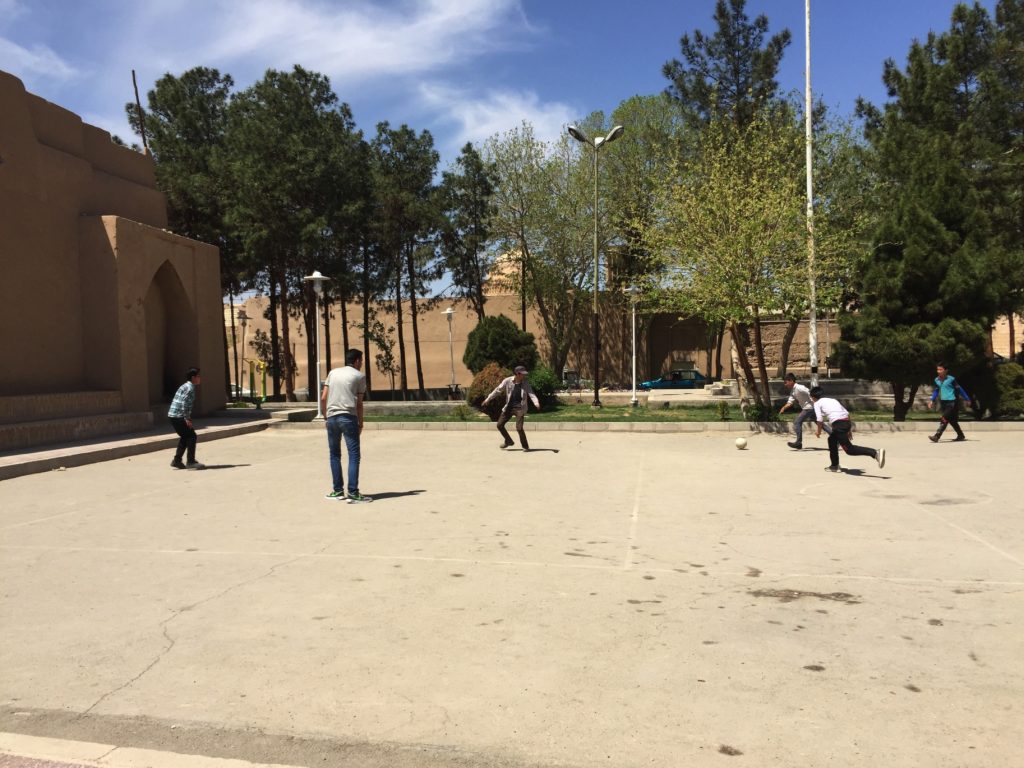
Managed to find this heated game (both literally and figuratively) while walking around the old city.
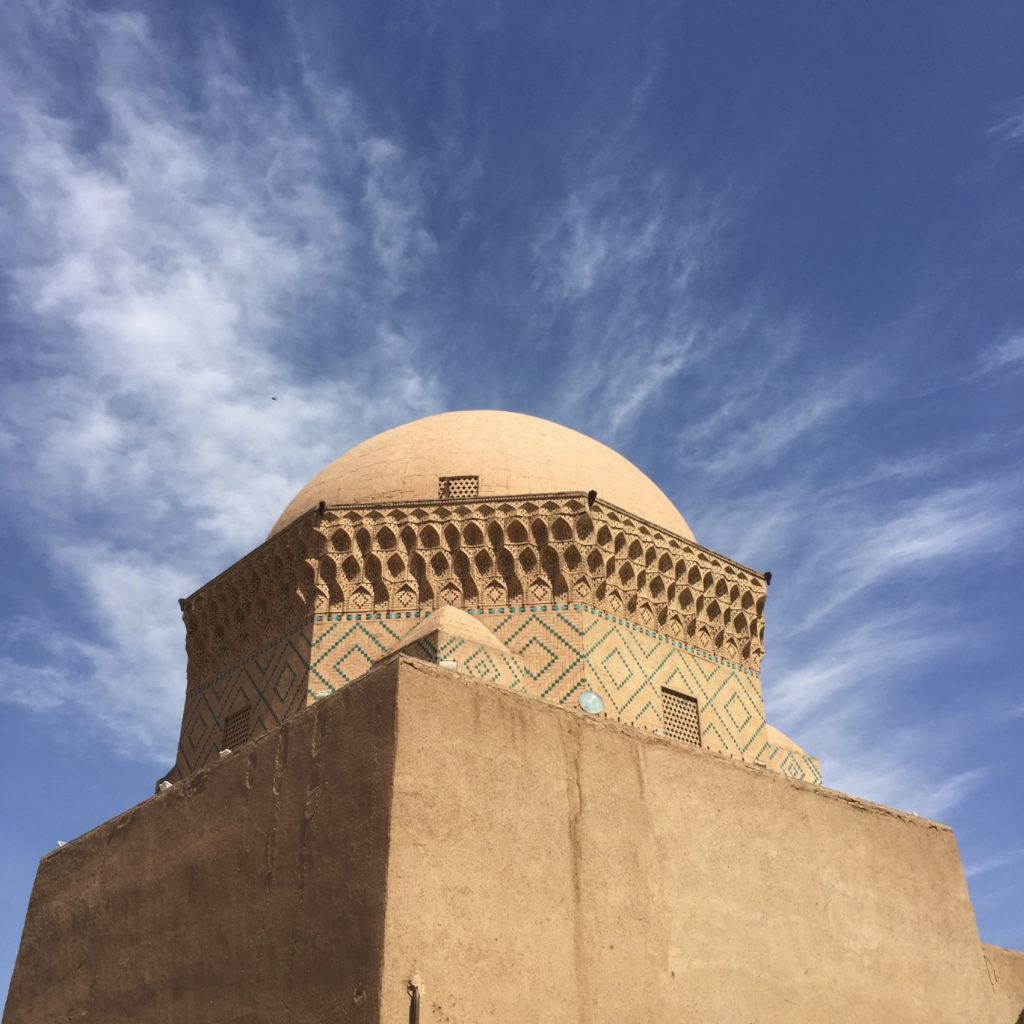
But it still looked quite impressive… with more decent and subtle decorations than the other domes around town.
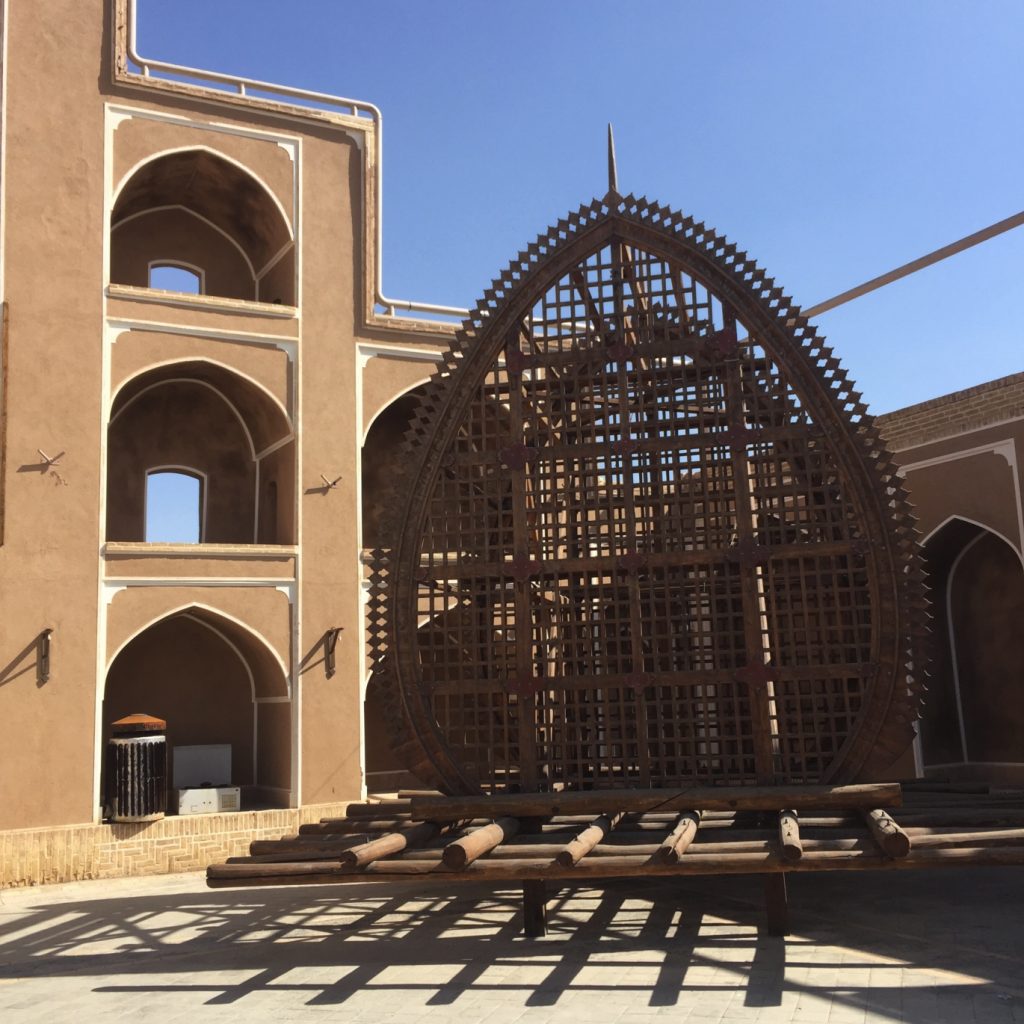
If I understood correctly, this vessel is used during a religious ceremony celebrating one of the Imams and is carried by the people as they walk around in circles.
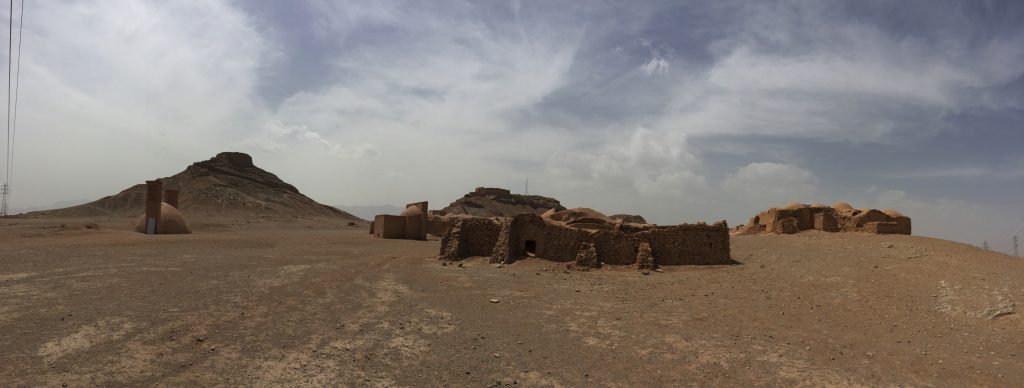
These are the ruins around the two towers of silence, which are the hills you see in the background. Zoroastrians believe that the human body is not clean and therefore avoid burying, cremating or pushing the bodies out to sea, as this would pollute the elements; Fire, Earth, Water and Air. So they built these towers, where they would leave their dead’s bodies to be picked clean by the vultures. It’s believed that since it took sometime for this to happen, the air in the area would start to smell quite bad, which is why nobody lived or stayed near the towers and hence the name; Towers of Silence.
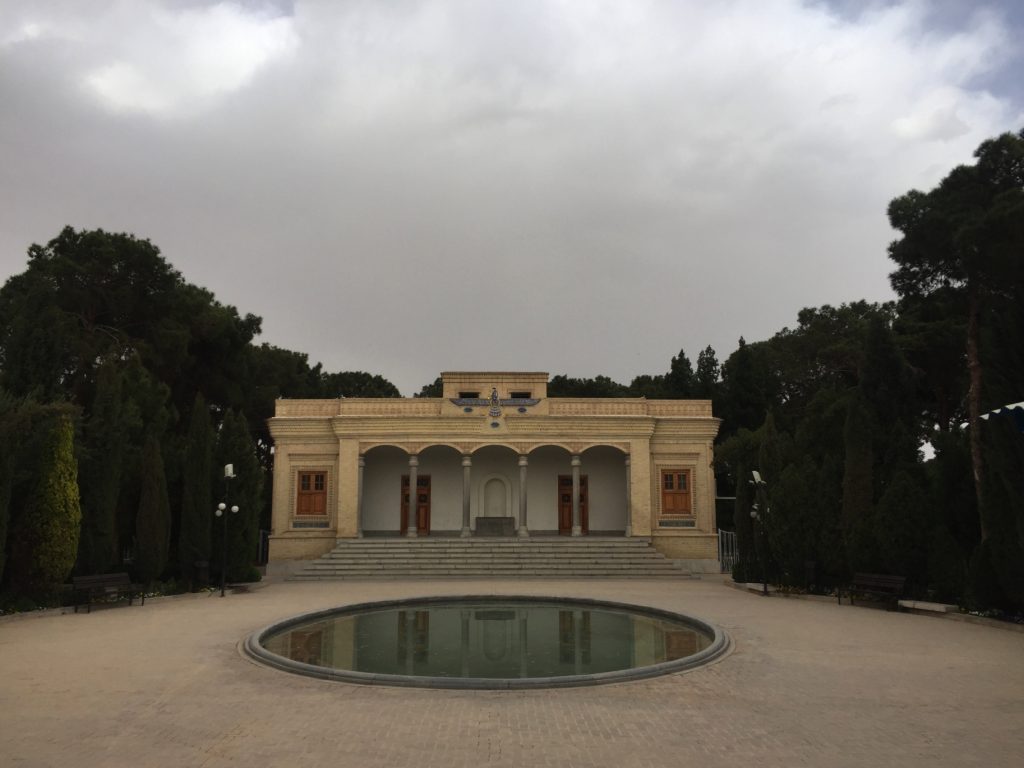
Another important Zoroastrian site here is the Fire Temple, which is said to hold a flame that has been burning for over 1500 years.
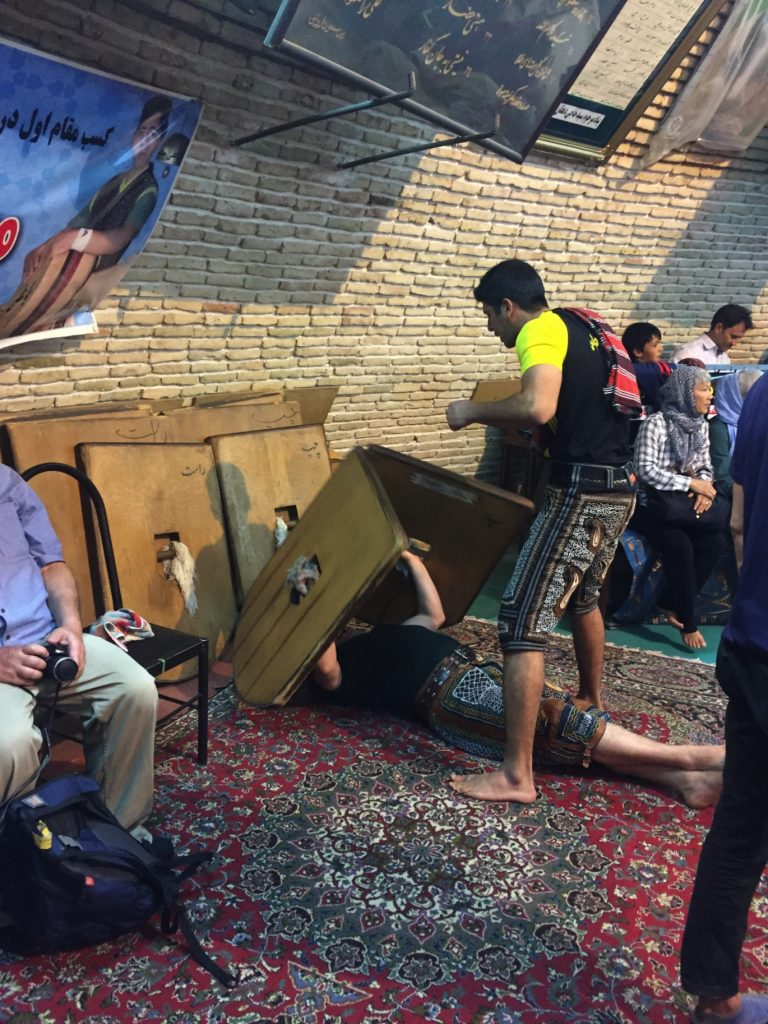
Finally, you can’t visit Yazd without visiting a “Zurkhaneh”, which is like a local gym, where you can go and watch the club member train.
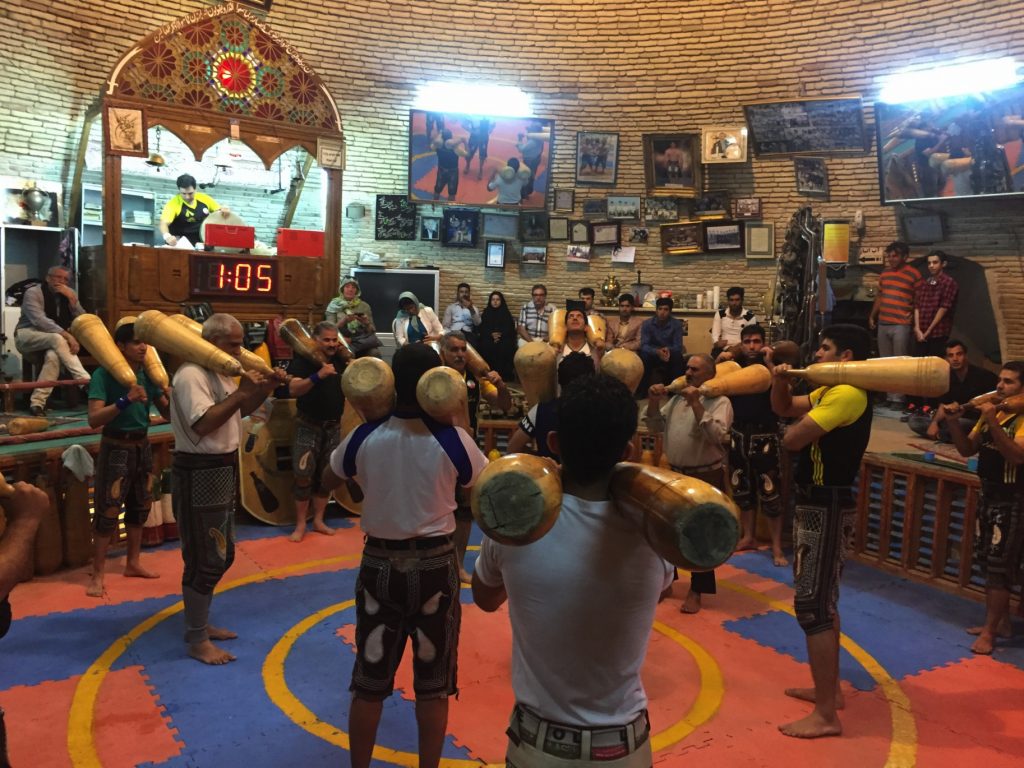
They use different “equipment” to train, such as the wooden plates or these wooden bats, each with a different weight. And when the drumming starts, the training begins. It’s the guy sitting up high in the back that does the drumming and singing, which one of the guys in the ring that leads the training. At first it seems like they’re just working out to stay fit.

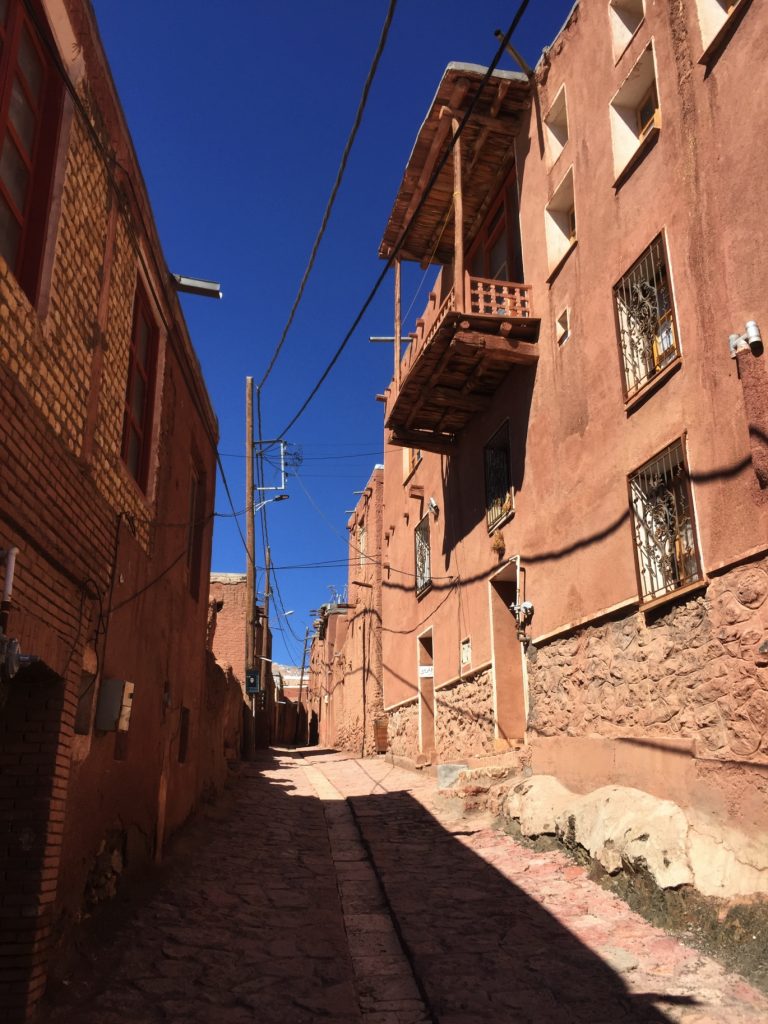
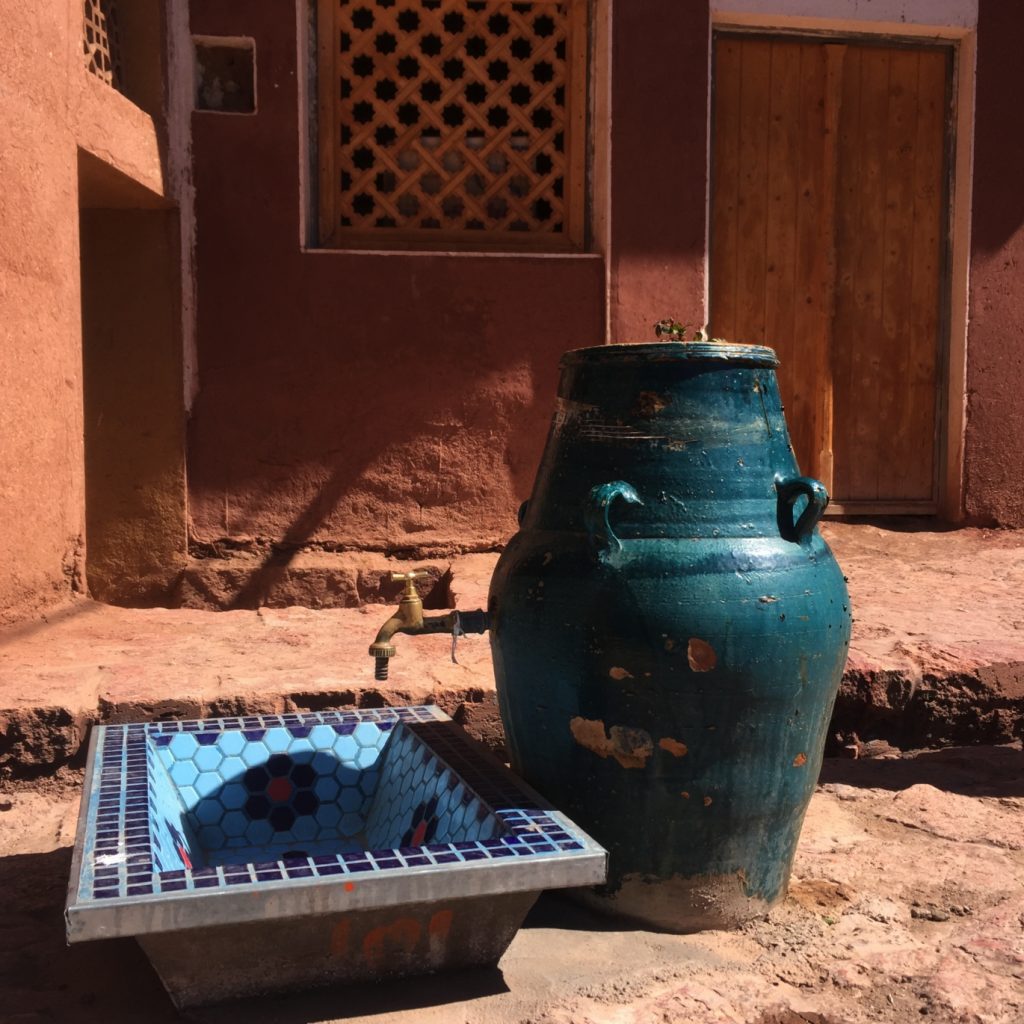
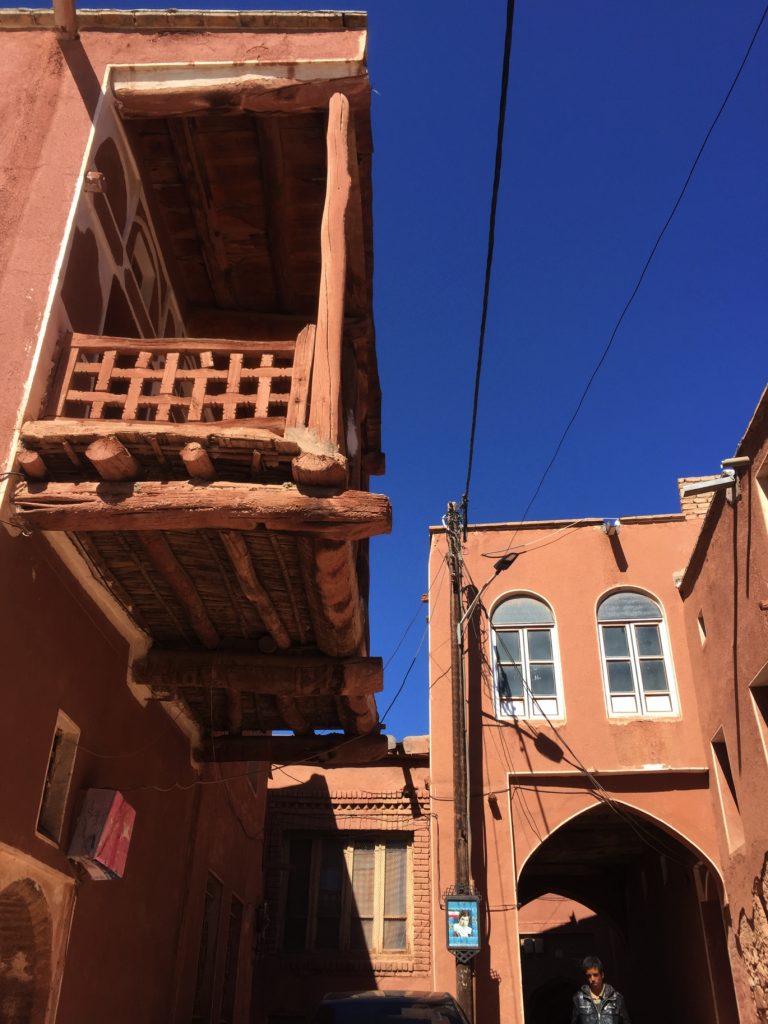
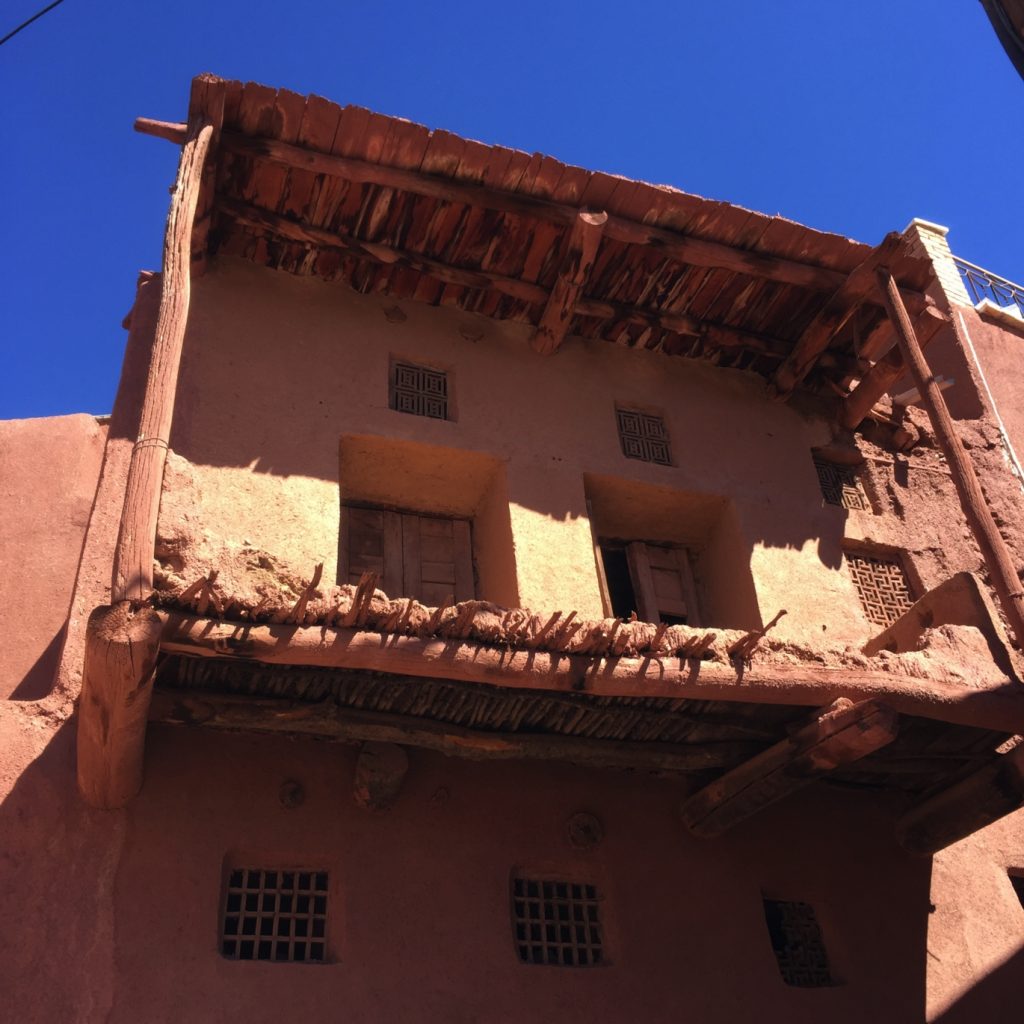
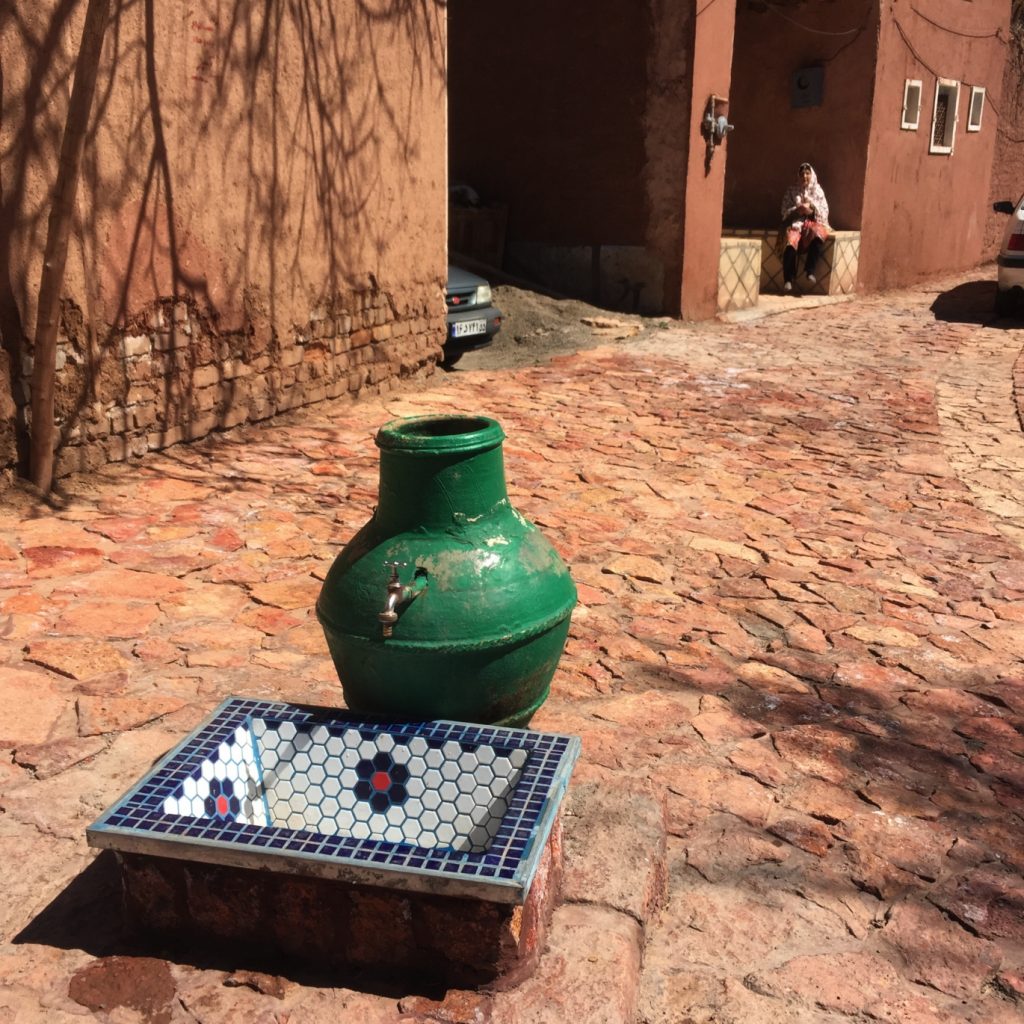
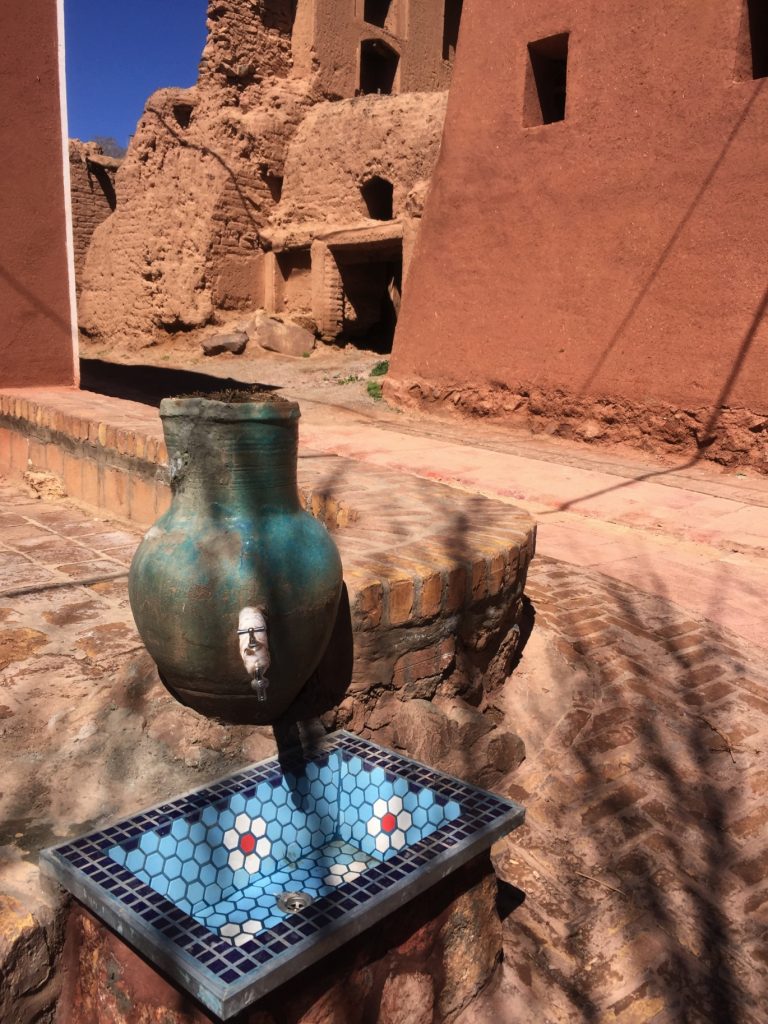
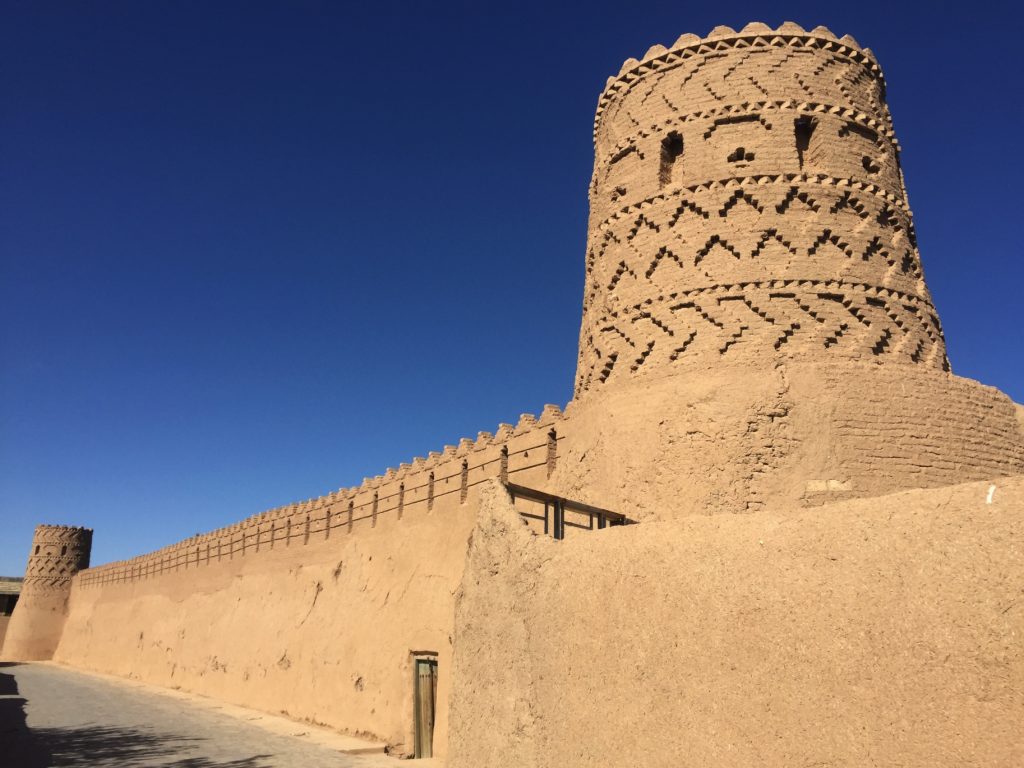
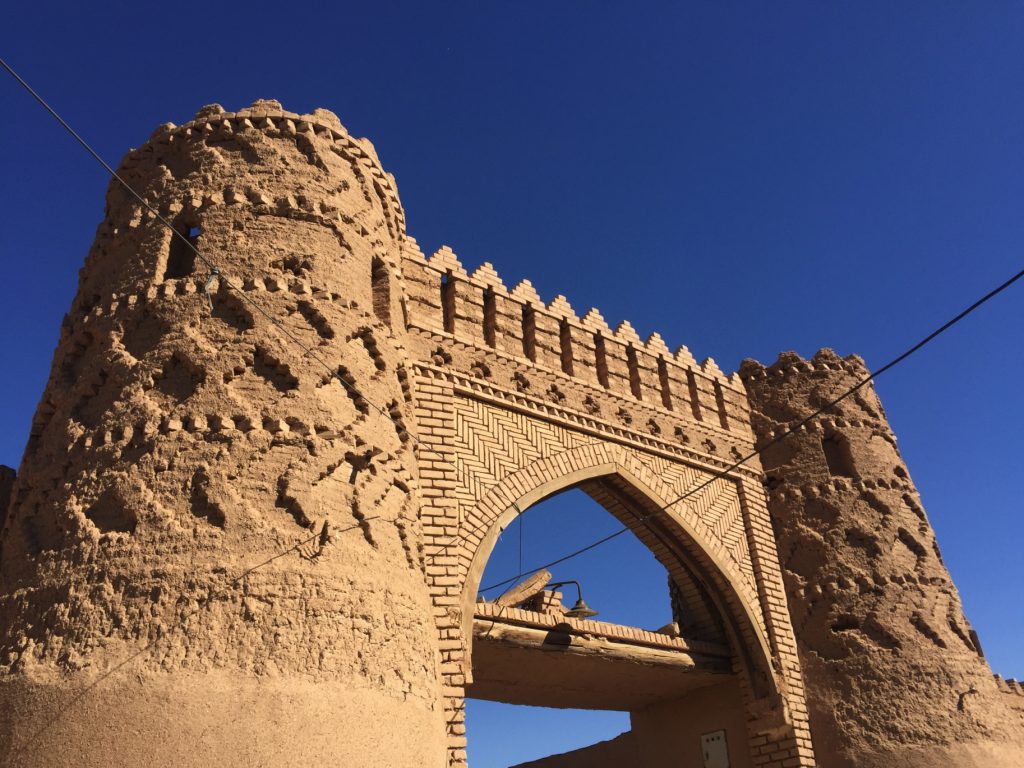
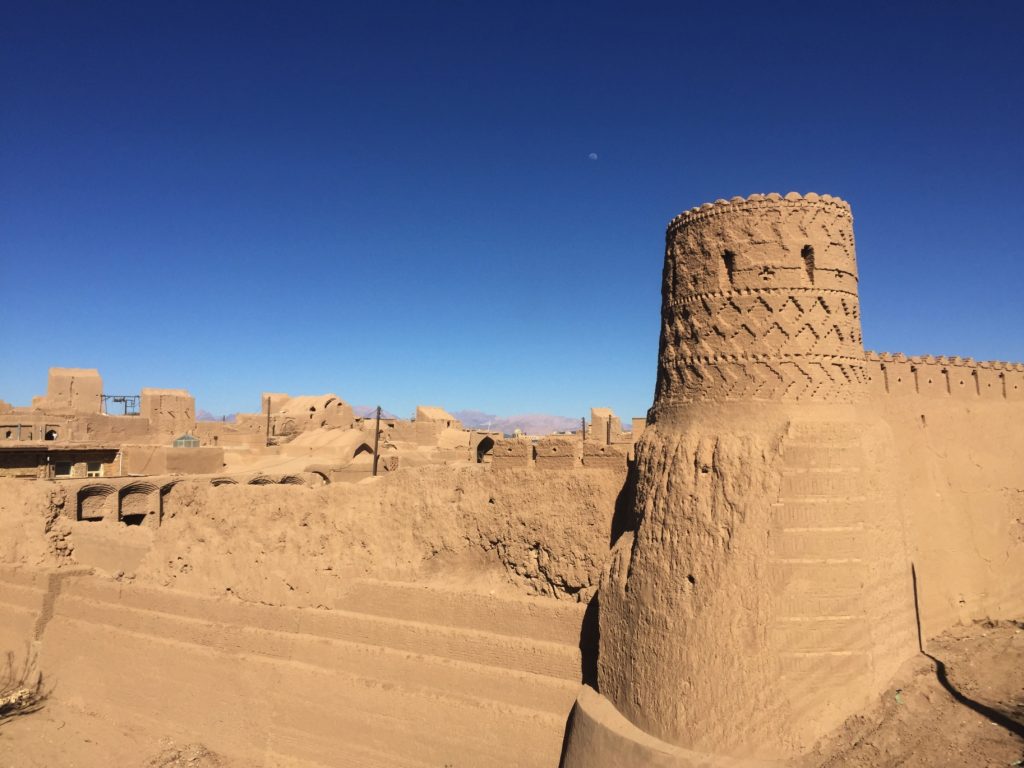
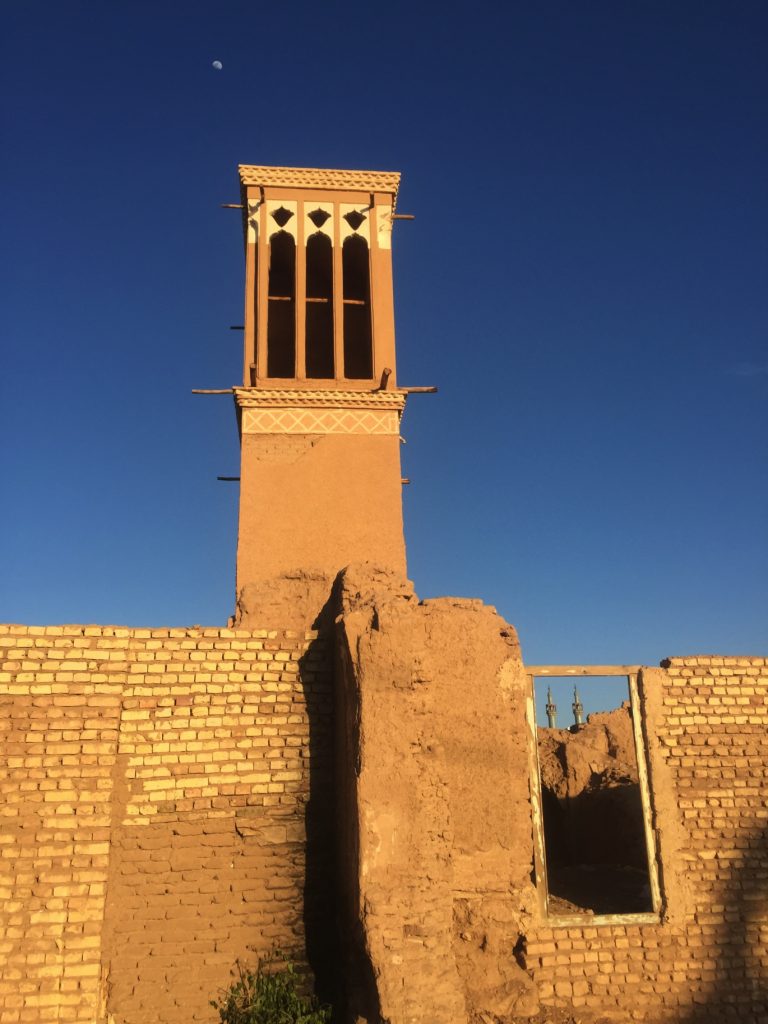
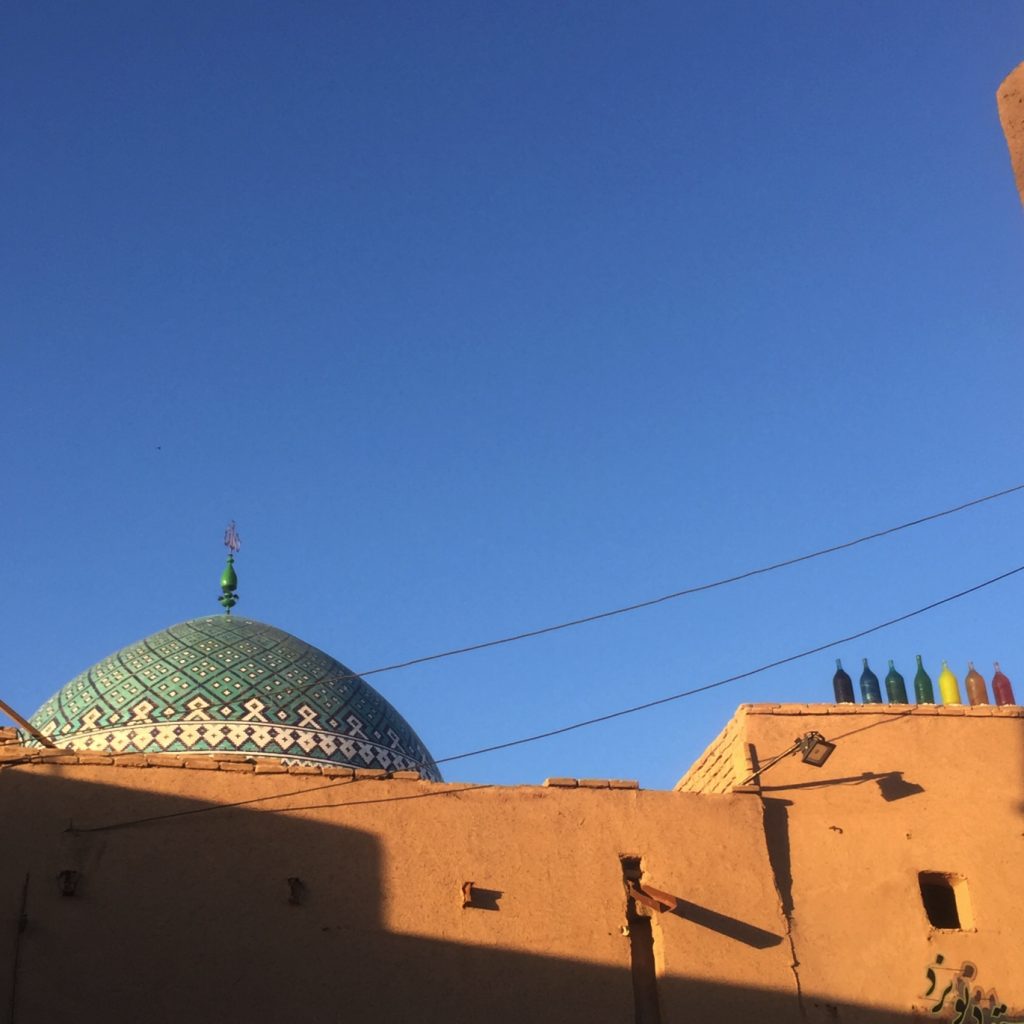
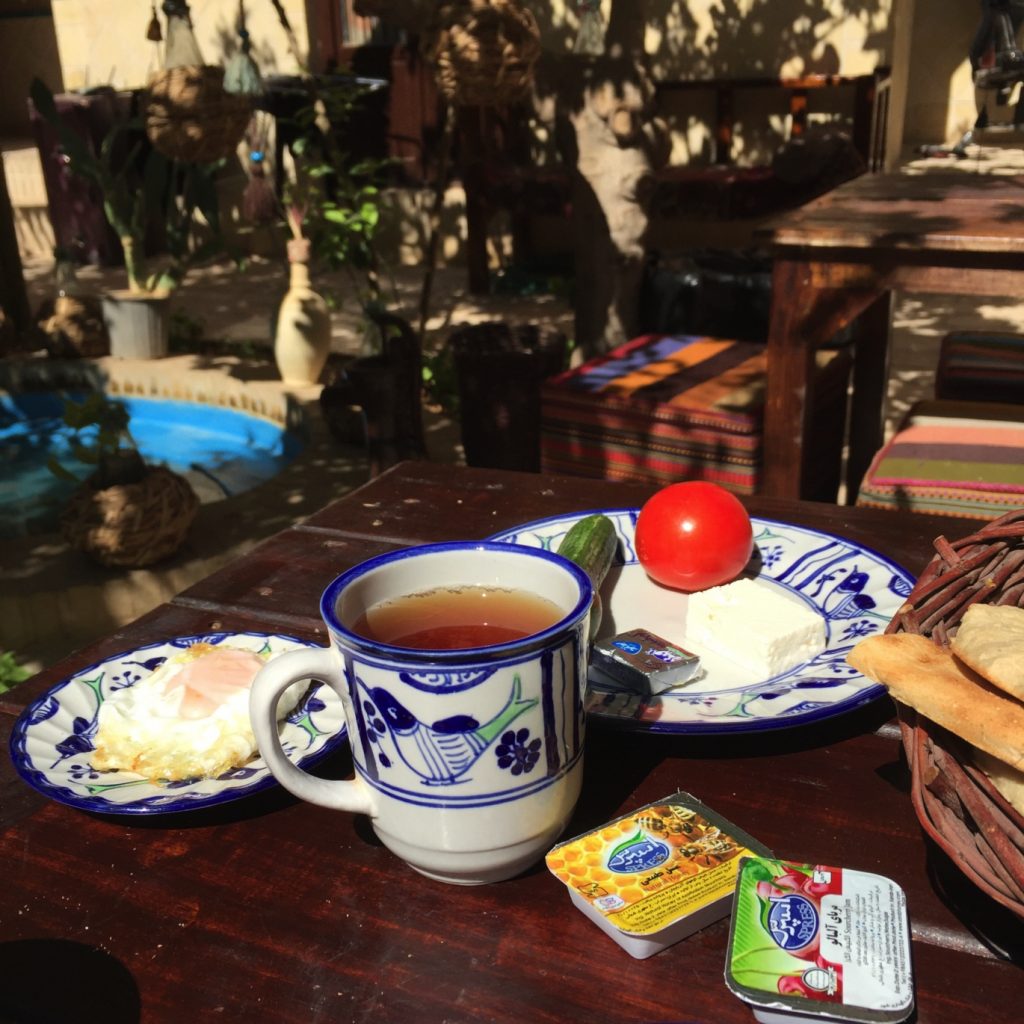
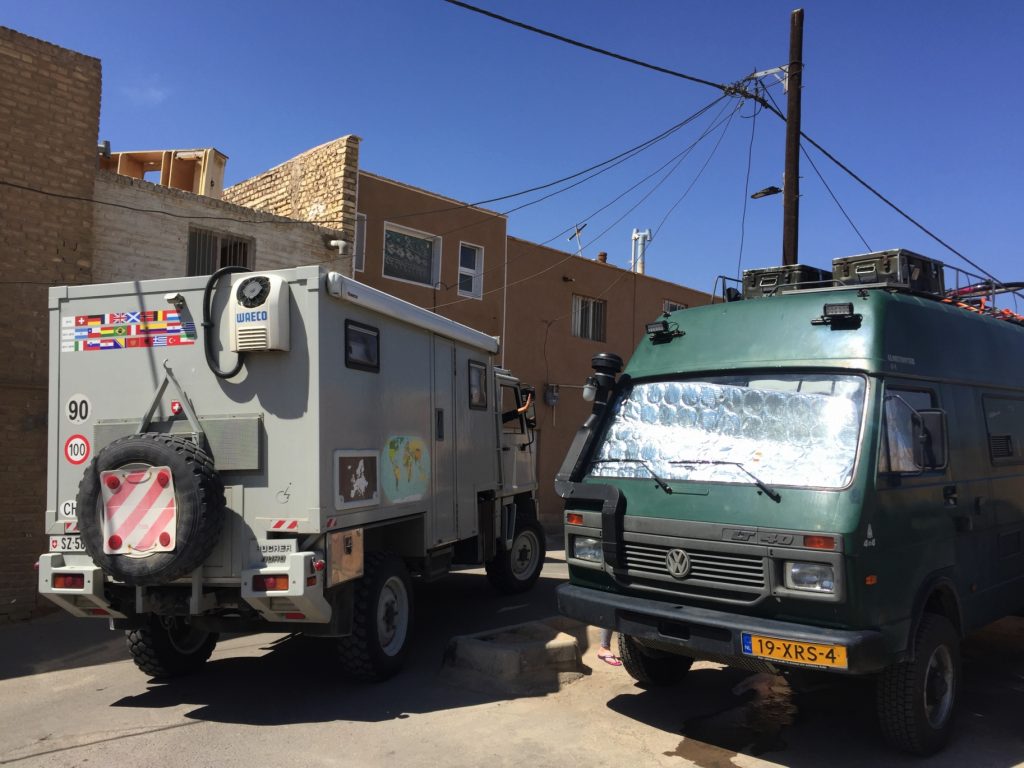
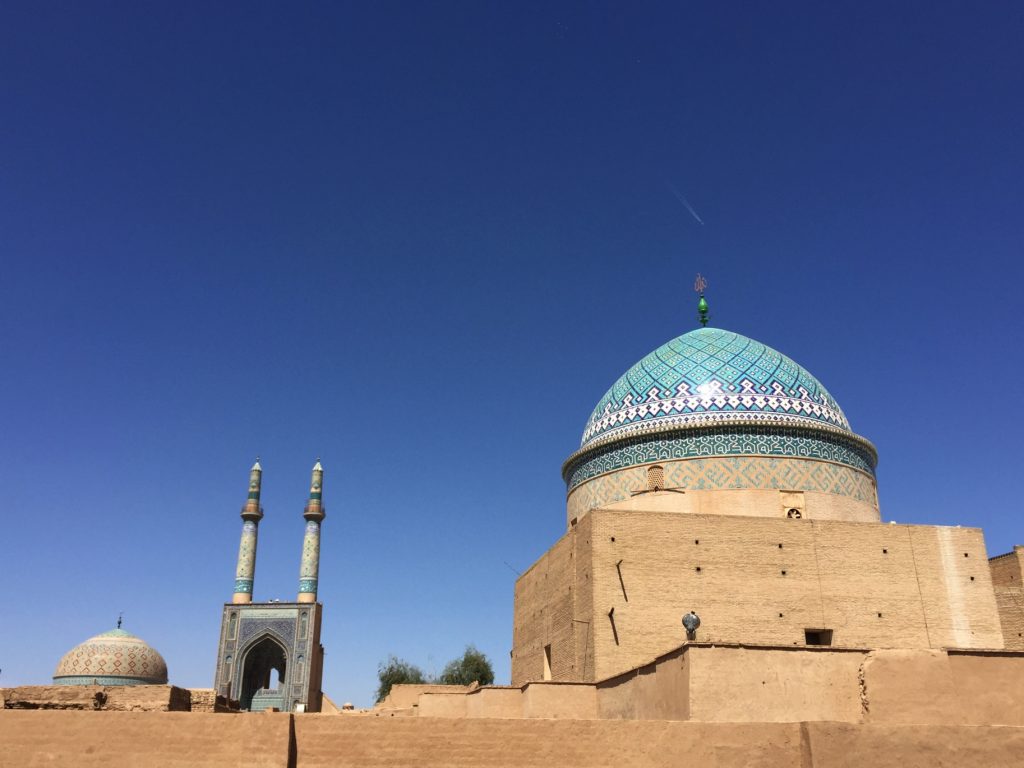
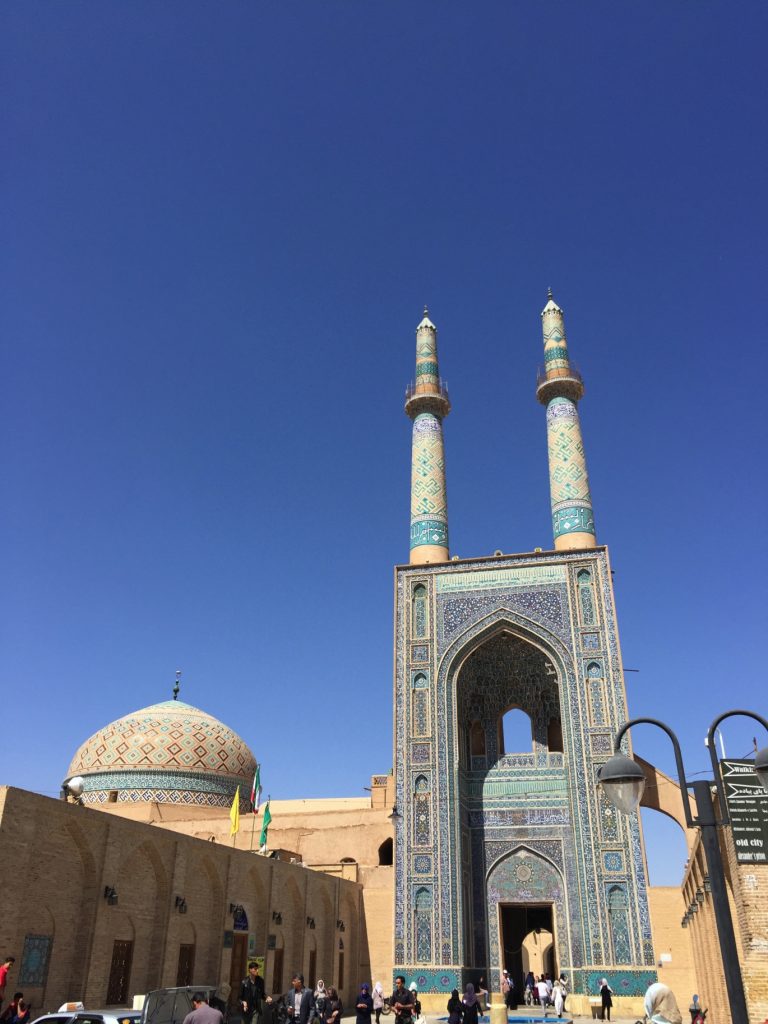
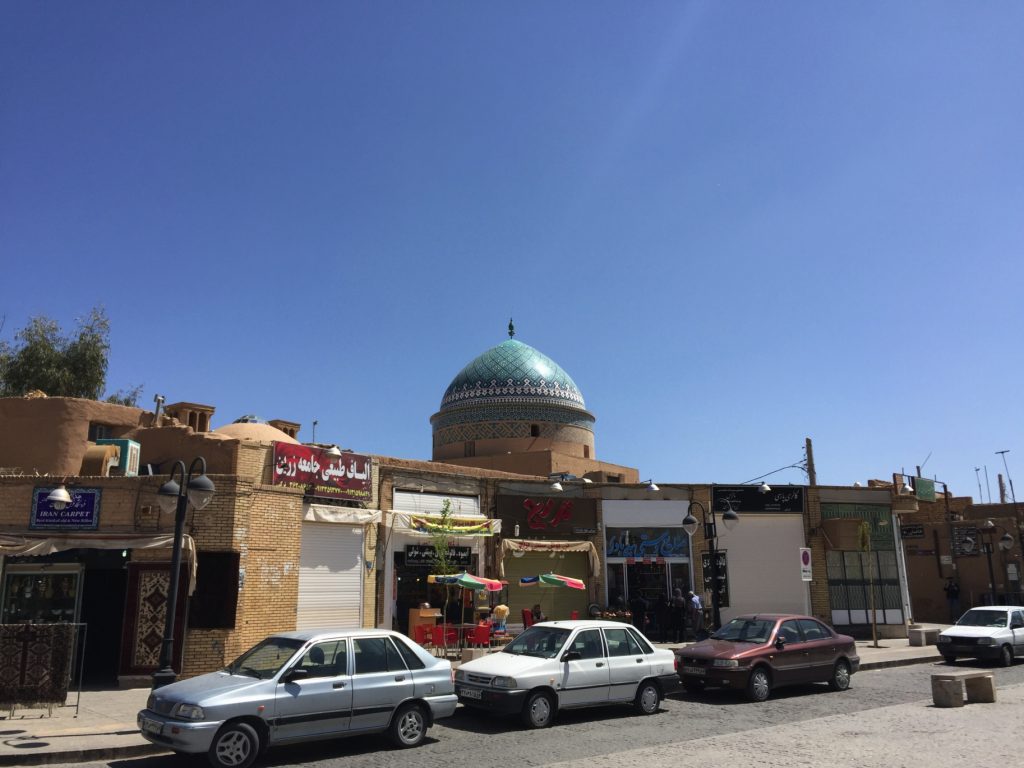
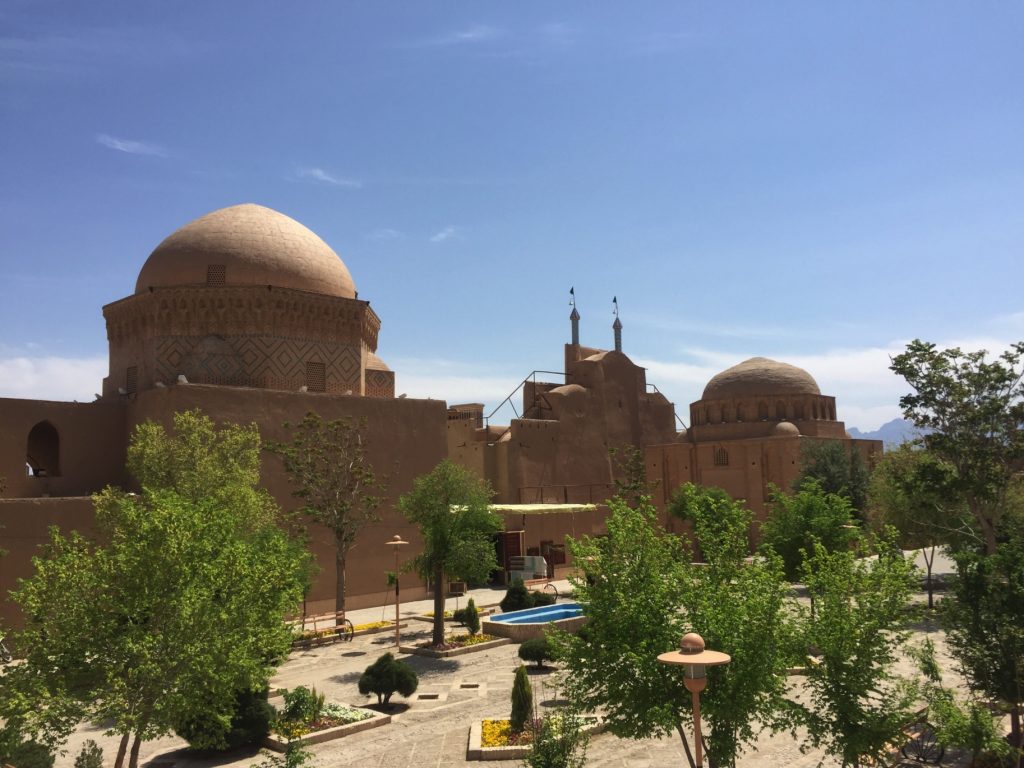
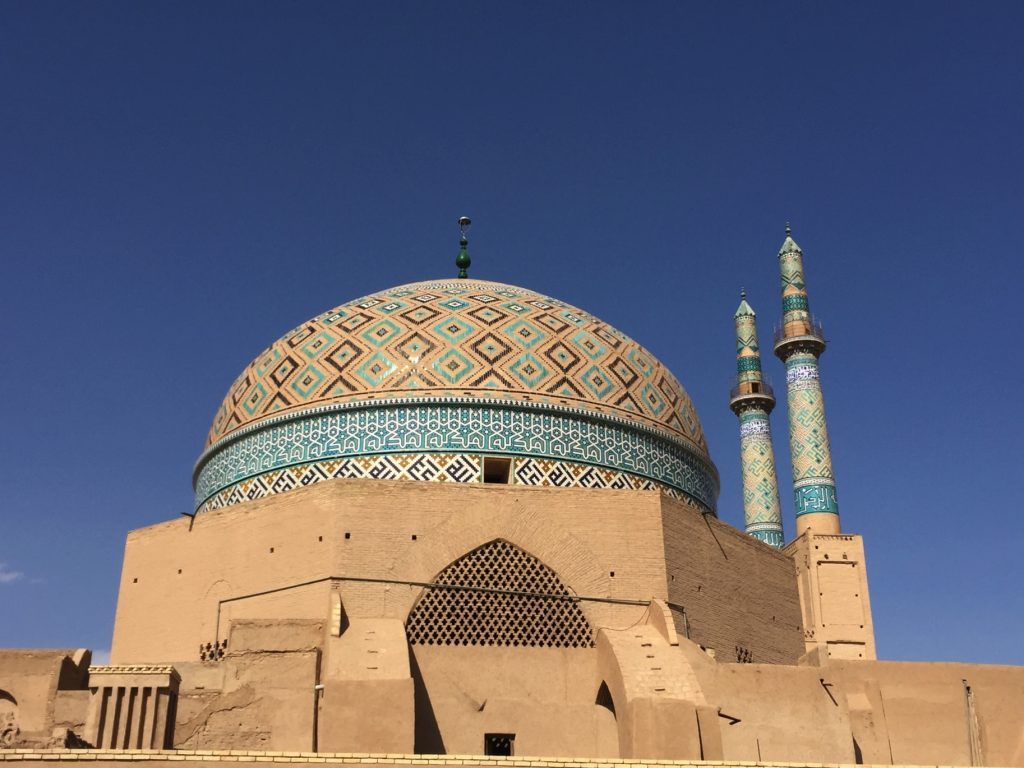
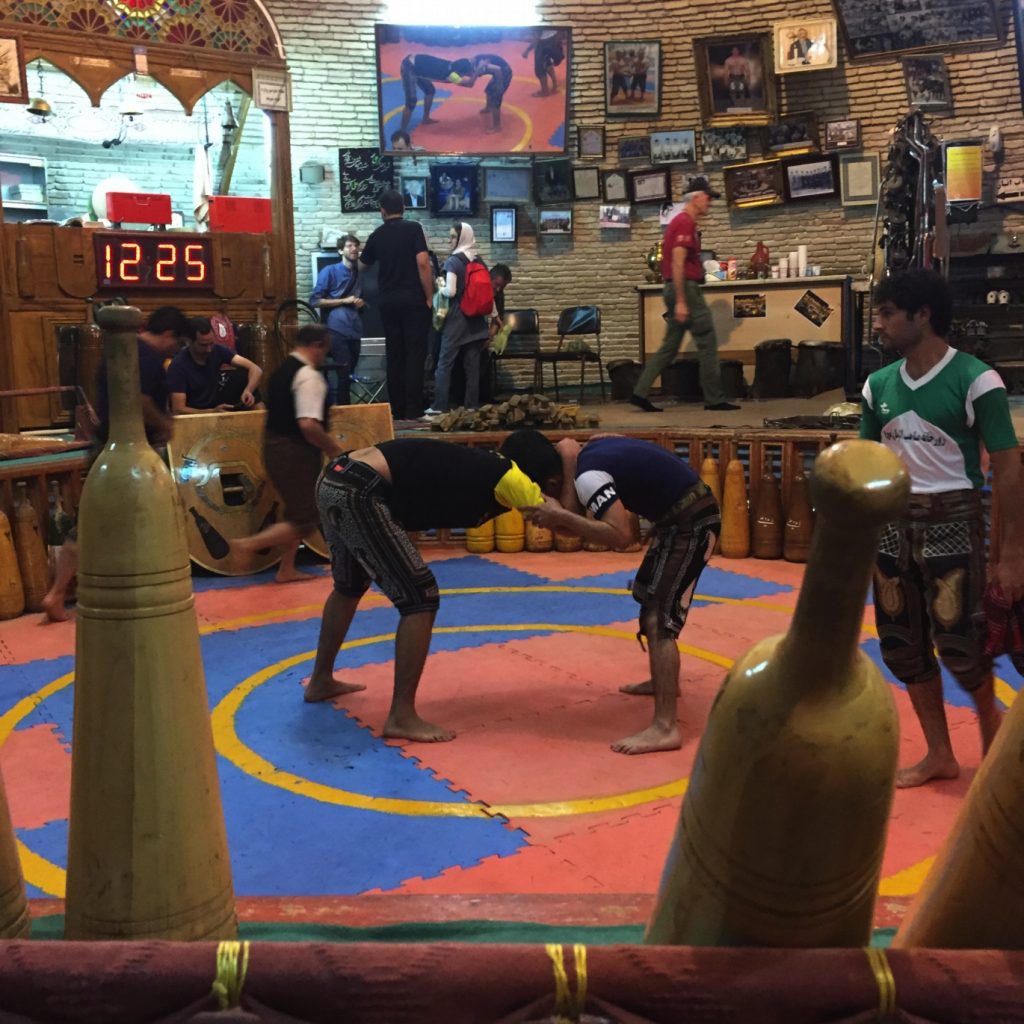
معلومات جديده تماما لم اسمعها من قبل. واضح ان الحياة هادئه جدا في هذه المدن. أم لانها مدن اثريه فهي أماكن سياحية ليس بها اعمال ؟حتي أسلاك الكهرباء من فتره زمنيه مضت. اما مكان تخزين الثلج فهو بجد اعجاز لو إخذنا في الاعتبار زمن بناؤه وحرارة الجو المحيط به زي ما قلت انت واضح انه كان هناك حضاره
جميله هذه المدن وأجمل حاجه انهم لم يحاولوا تطويرها
في انتظار اجزاء جديده من باقي الرحلة